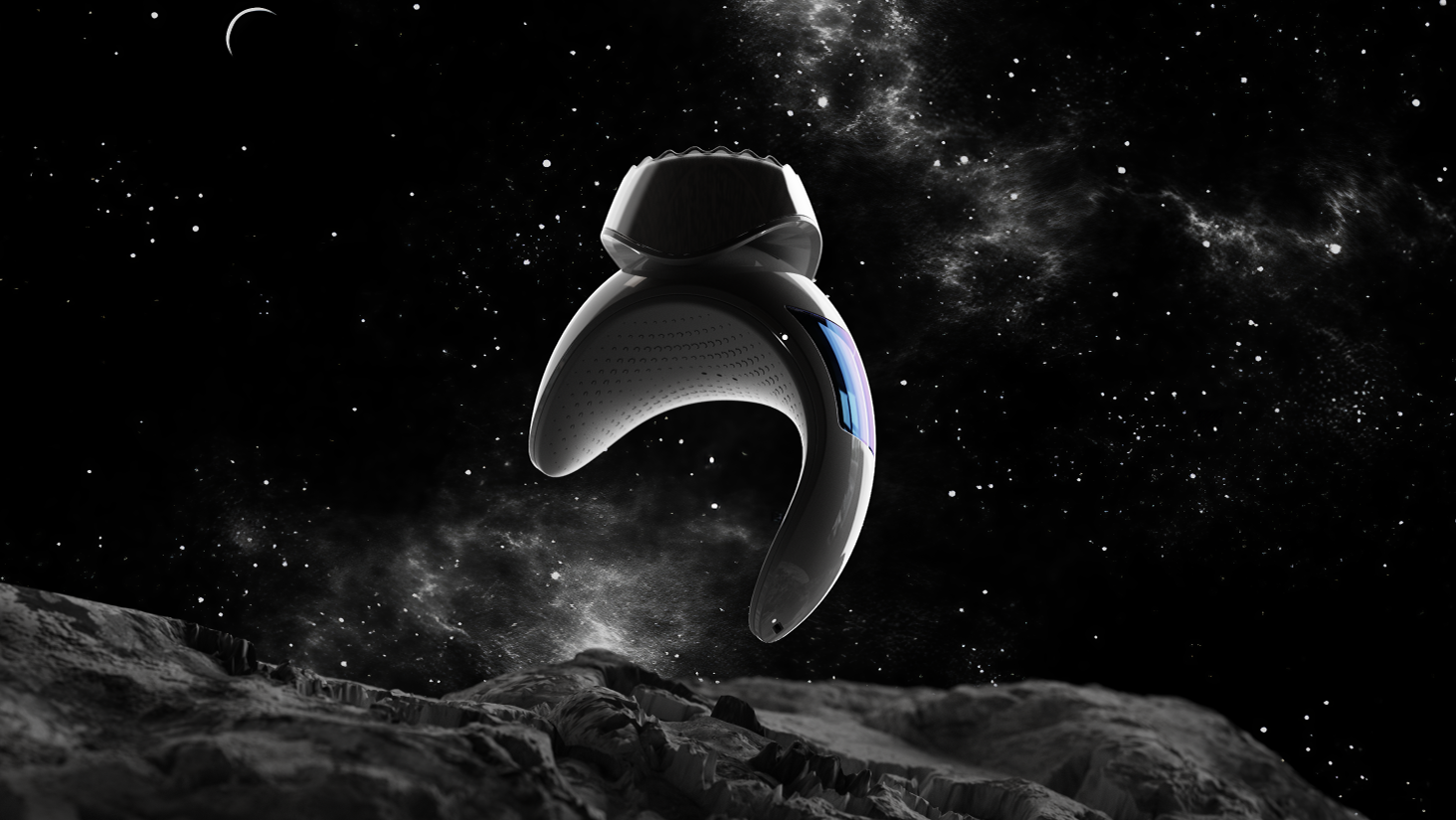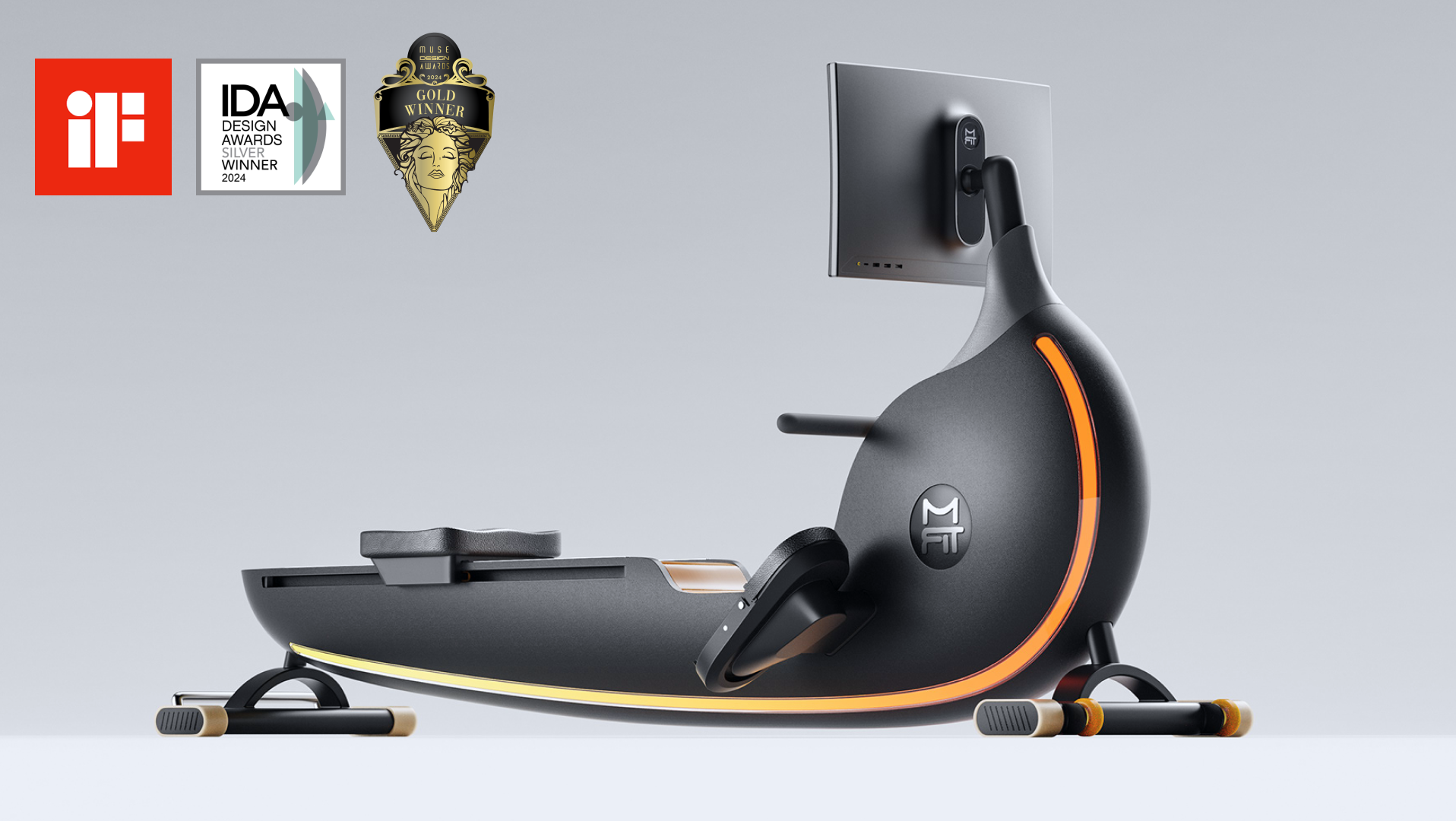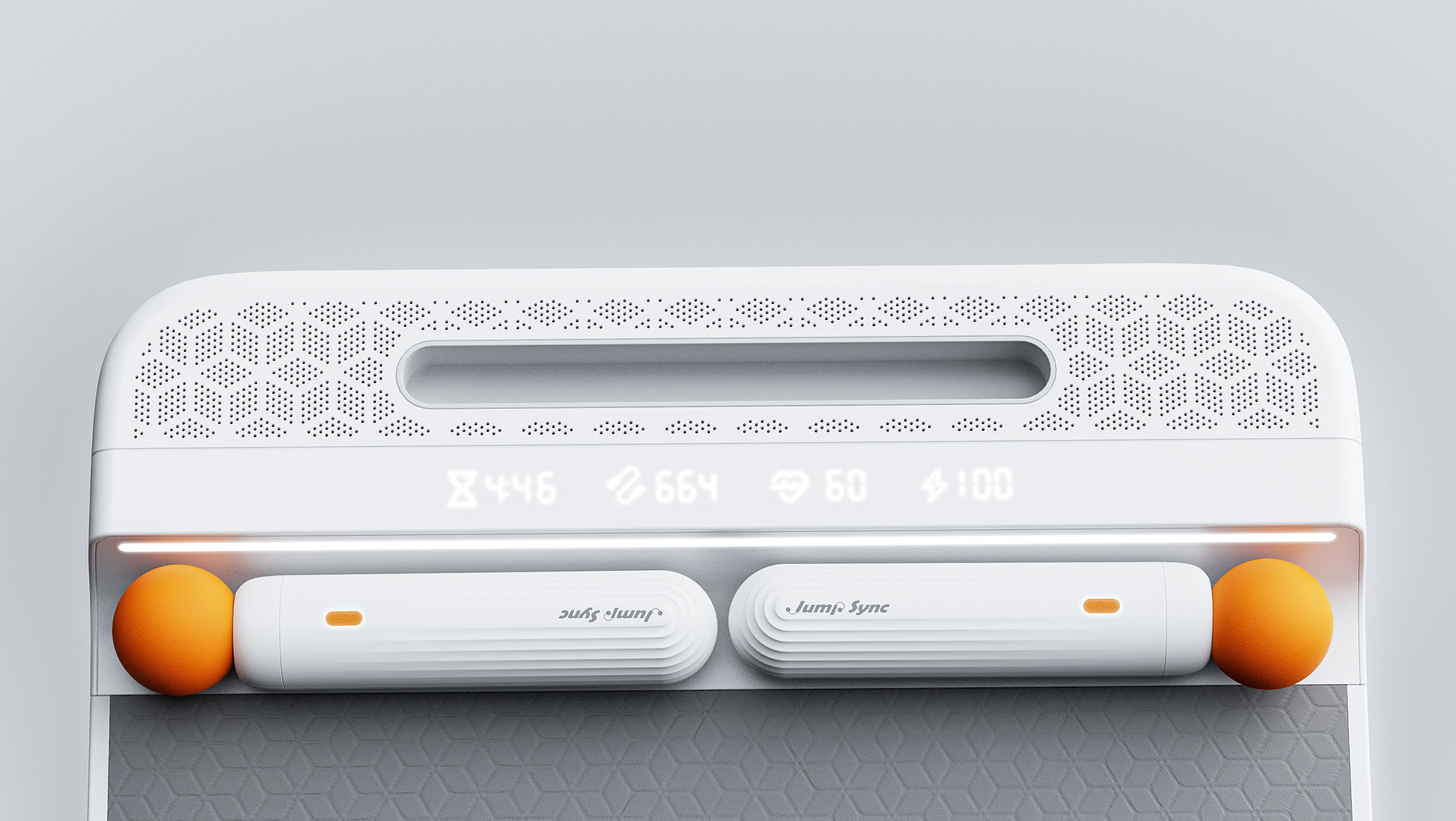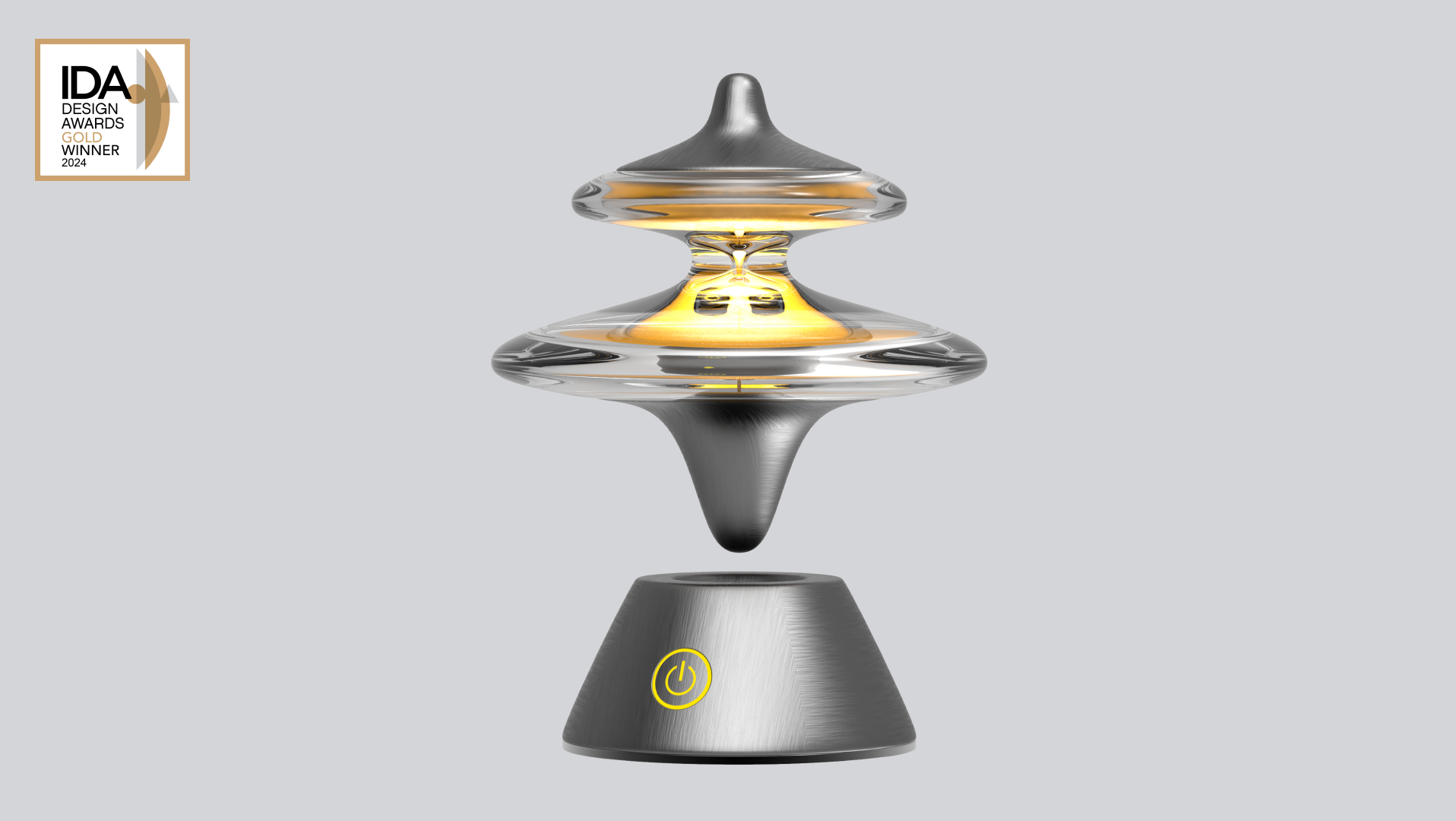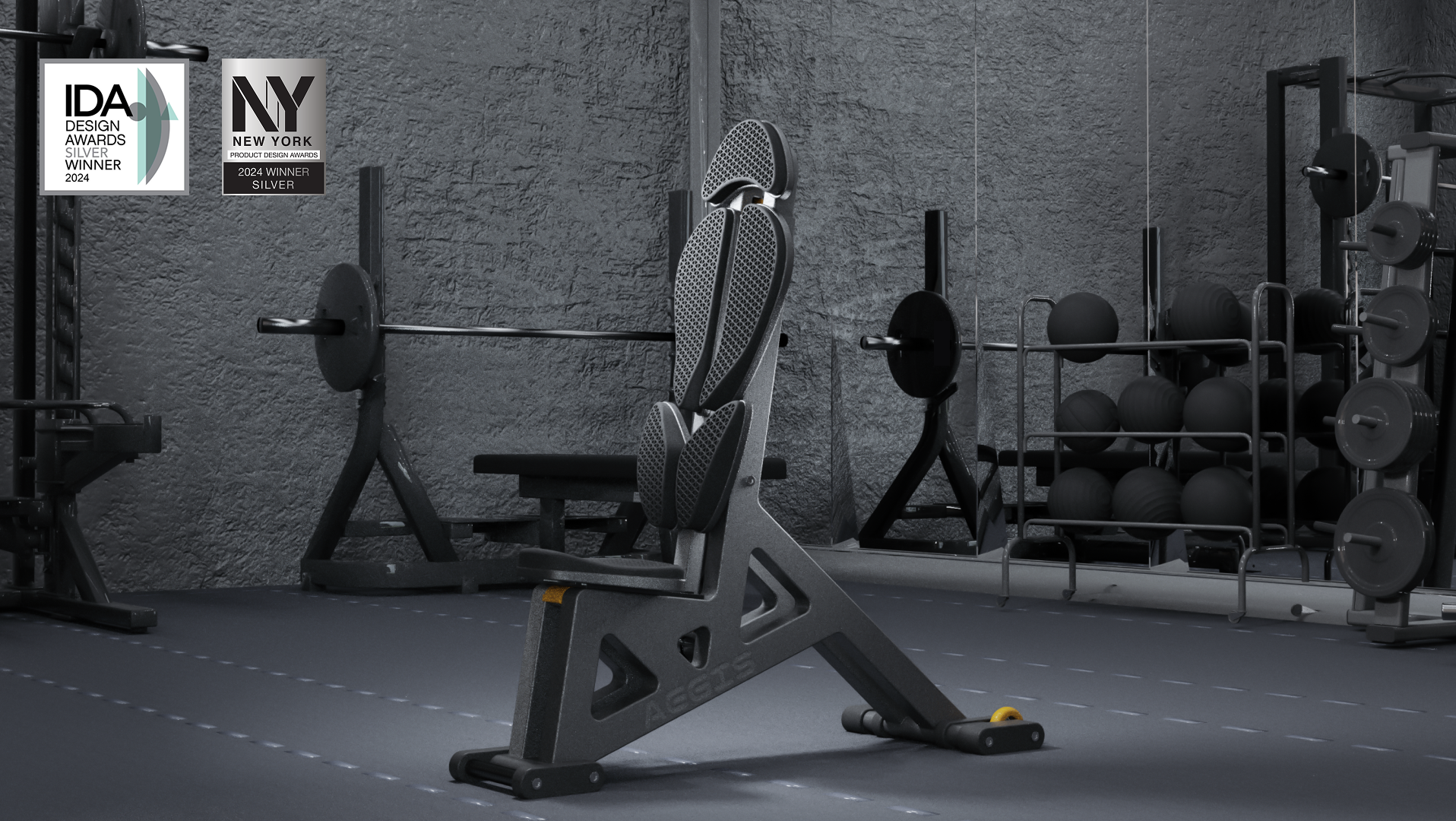Many young wheelchair users want motorized convenience but still value manual pushing.
Meet ElectroGlide, a motorized, electric attachment for wheelchairs that can provide dynamic auxiliary force according to user input. It helps the user to power through times of injury, sickness, and other conditions that may affect their ability to push. Or use it as a helping hand, there for you when you need it and easy to remove when you don't.
ElectroGlide’s adaptability and portability allow quick installation on various wheelchairs. Its assisted power compensates for pushing force, helping users stay active while enjoying motorized convenience.
Brainstorming Mind Map Link
Problem Identification and Inspiration
Considering the current state of technology and trends towards sustainability, there's tremendous potential in the electrification of vehicles. Notably, electric bicycles and scooters have become the norm on college campuses and in cities. But current solutions require a complete new chassis and design, leading to enormous waste, though some options exist for bicycle attachments.
Then we considered our shared experiences with wheelchairs; the trend towards electrification shouldn't be restrictive. Whether for injury assistance or just dealing with the geometry of the environment, there is a clear lack of affordable, non-invasive motorized solutions for wheelchair users. Combined with our interest in sustainable vehicle technology, we aimed to create an universal attachment applicable to all sizes of wheelchairs. With an adjustable, dual motor design in a slim, rechargeable body, our project delivers a truly sustainable option for any wheelchair user without the accompanying price tag.
Background Research
Literature Review
Before market research, our team needed a deeper understanding of modern motor technology and energy management for smaller scale vehicles. Focusing first on advancements in motors, we looked into power and torque density of electric motors and their downfalls. High-end modern electric bikes use brushless DC motors (BLDC) for high-efficiency and longevity combined with high-density lithium-ion batteries. Higher end options also have advanced controls systems in place, modulating the amount of power flowing to the motor depending on the torque applied to the pedals.
Aside from advanced electric bikes, electric vehicles make of use quick-response characteristics of the electric motors for torque vectoring and dynamic power adjustment to deal with terrain. This means incredibly efficient and responsive drivetrains capable of driving on soft, slippery, and uneven surfaces.
The nature of electric motors, especially the electrical characteristics of motors (back EMF, differential inductance, etc), mean electric drivetrains have a large amount of intrinsic data that can be easily monitored for accurate health metric estimation. Pedaling imbalances, impacts, and bone/ligament strain are just a few areas that can be estimated without the need of dedicated sensors. Given this data, the controls system can actively compensate for injuries and adjust power delivery accordingly for a custom-tailored ride.
Market Analysis
With some initial ideas in mind, we delved into existing motorized attachments for wheeled transportation. When it came to bicycles, most commercial options focused on motorizing the midrive, or front/back hub, which requires tearing down the bike for installation. The most affordable options are also only available as kits, meaning a variety tools are necessary for assembly; these options yield gasoline powered bikes that are disruptive and costly to maintain. Integrated solutions come with an accompanying price tag; options from Cyc Motor, eBikeling, Swytch often cost more than a road-bike. These options still require lengthy assembly, though electric motors and batteries mean silent operation and options for smart features.
Moving on to wheelchairs, we made note of various designs and concepts in use, as well as clear flaws in their offerings. Current models resort to a frontal steering attachment that obstructs vision and reduces freedom of movement. Not to mention, these options are exorbitantly expensive, often costing more than the wheelchairs they're supposed to enhance. When looking for designs that enhanced mobility without comprising freedom, options were limited to only some expensive models, with no cross compatibility and a similarly difficult assembly.
Market Survey Click here for graph
User Experience Research
User Interview Click here for Q/A transcript
Philip Croft is a podium Paralympic track and field athlete. see his career highlight
Design Process
With results from our interview section and based off of our background research, our final concept incorporates a robust dual motor friction wheel system with 2 adjustable arms. The attachment clamps on quickly and securely to the axle underneath your vehicle and sports removable, high capacity Li-Ion batteries along with a weatherproof design that's water and dust resistant. The control system measures the capacitance of the hand rails as well as the axle rotational speed and acceleration. When you turn the wheels, our control system measures the torque applied and adjusts power delivery accordingly for smooth, un-invasive assistance. And for injury assistance, our system dynamically compensates for imbalances by measuring arm push forces, and with 2 motors, adjusts each wheel's torque delivery accordingly.
With our concept finalized, we moved onto the design process, consisting of the initial sketchup, CAD, and rendering. Once the CAD design was mostly conceptualized, we concurrently worked on the development of a rough prototype of our design to explore the scale, feasibility, and overall idea of our concept.
Sketch Up Click here for initial sketch
Rendering Click here for final rendered photo
Prototype Click here for image
Manufacturing
When approaching the materials for our project, we made a few specific choices for the frame, friction wheels and arms.
Polyurethane is ideal for friction wheels due to its excellent grip, durability, and resistance to wear, chemicals, and environmental conditions, ensuring reliable performance and longevity. ABS plastic is great for motor and battery housing because it's tough, resists weathering, UV rays, and impacts, and maintains color and shape in various temperatures. Kevlar is ideal for latches due to its high strength-to-weight ratio, resistance to cutting, and durability, ensuring secure, long-lasting performance. 6061 T6 aluminum alloy is favored for our folding arm design due to its good mechanical properties, excellent corrosion resistance, weldability, and ability to be anodized. Titanium has the best mechanical properties for its weight, and though costly, can be used to great effect for smaller parts that need strength in durability, like the wheel connectors and axles.
Pressing is best for creating frames from 6061 T6 aluminum due to its efficiency in shaping complex profiles with consistent properties, excellent finish quality, and the ability to produce large volumes quickly, reducing costs and improving structural integrity. Molding is the preferred method for producing ABS products due to its ability to create complex shapes with high precision, excellent surface finish, and quick production cycles, making it cost-effective and versatile for diverse applications.
Conclusion
What's next for ElectroGlide
With our initial prototype finished, we're looking to further improve our system through real-world testing. Our main concerns are the longevity of the system and ease of use, as well as material wear over time. Following testing, improvements can be made to the colors, textures, and materials until a satisfactory product has been produced. Then, user testing and reiterations can continue before we move onto optimizing the manufacturing process.
Challenges we faced
In the process of building this project, we found that the biggest difficulties were with aligning schedules. It was immensely difficult finding the right timing for the entire team, especially considering the workload and intensity. Alongside scheduling, parceling out work to each member of the team according to everyone's skillset and making sure everyone delivered on the timeline we were given was quite difficult as well. On the technical side, we had to make a lot of material considerations and spacing considerations to fit all the technology we wanted into our design while not compromising the integrity of our design and its capacity to do work. Battery and motor size, frictional coefficients, rigidity, and structural strength, to name a few, were some of the many parameters under consideration when designing our project.
What we learned
Hackathons condense weeks and months of planning into a few days of intense work where real-world problems meet engineering talent. And through the last few days, we've been fortunate enough to have the opportunity to face the real world design process from ideation to working prototype. Though each member of our team comes from a different background, from Electrical Engineering to Industrial Design, we've been exposed to the varied thought process behind how a product is created. Under the unrelenting schedule of a hackathon, not only have we had to apply our learnings, but also create novel avenues of thought and perspective to tackle this year's problem efficiently; all of us came away with an appreciation for electric circuitry, CAD, rendering, and prototype design. And along with learnings, we also gained a new understanding for the struggles people with disabilities face and newfound respect for the inherent strength in all people.
References
Chelliah, R & Paul, Bobby & Solomon, Darius & Paul, P & Thomas, Tojo. (2016). Design and Development of Cost Effective Motorised Wheelchair.
Mandriota R, Fabbri S, Nienhaus M, Grasso E. Sensorless Pedalling Torque Estimation Based on Motor Load Torque Observation for Electrically Assisted Bicycles. Actuators. 2021; 10(5):88. https://doi.org/10.3390/act10050088
Asperti M, Vignati M, Sabbioni E. On Torque Vectoring Control: Review and Comparison of State-of-the-Art Approaches. Machines. 2024; 12(3):160. https://doi.org/10.3390/machines12030160
Cai, W., Wu, X., Zhou, M. et al. Review and Development of Electric Motor Systems and Electric Powertrains for New Energy Vehicles. Automot. Innov. 4, 3–22 (2021). https://doi.org/10.1007/s42154-021-00139-z
Mullis, S. (n.d.). Types of power assist devices. Permobil. https://hub.permobil.com/blog/types-of-power-assist-devices
Yang, M. (n.d.). Hands-free wheelchair prototype achieves major milestone. Health Care Engineering Systems Center | UIUC. https://healtheng.illinois.edu/news/hands-free-wheelchair-prototype-achieves-major-milestone

